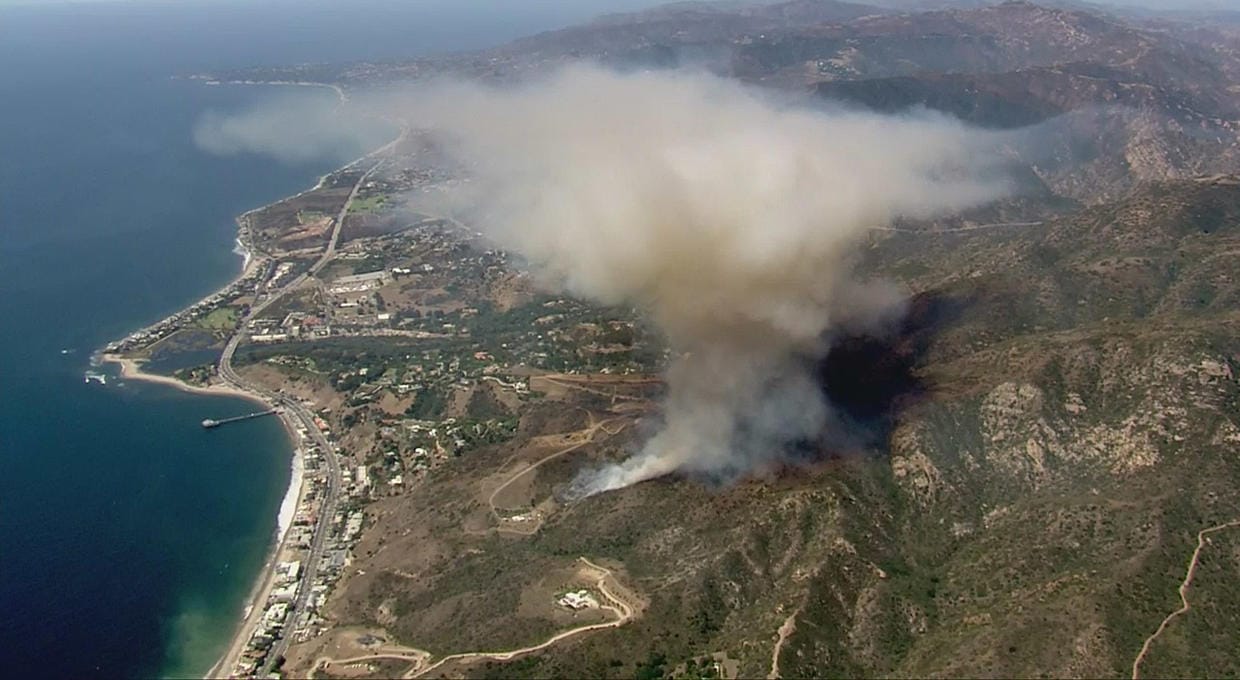China has voiced strong criticism against what it called “coercive tactics” by the United States following Panama’s decision to not renew its infrastructure agreement under China’s Belt and Road Initiative (BRI). The fallout underscores escalating tensions over the strategic Panama Canal, a crucial global trade route historically influenced by the US.
Panama’s choice to step back from renewing the Belt and Road agreement with Beijing, originally signed in 2017, was interpreted by analysts as a concession to US pressure. The infrastructure pact with China had previously paved the way for investments in ports, roads, and other critical projects. However, amid mounting Washington-Panama engagements, including stern warnings reportedly issued by US officials, Panama’s course appears to have shifted.
The Panama Canal’s global economic significance has long been a focal point of international contention. Running through Central America, the 50-mile waterway connects the Atlantic and Pacific Oceans and handles a significant portion of global maritime trade. The canal’s strategic location gives its governing nation notable leverage in international commerce and politics.
From China’s perspective, the Belt and Road Initiative represented a major avenue for extending its influence over such strategic territories globally. In contrast, US stakeholders expressed apprehensions about potential national security implications, including the prospect of China leveraging its economic footholds to exert geopolitical or coercive influence. In response, US officials engaged with Panamanian leadership to reassert Washington’s own interests in the region, cautioning against long-term repercussions of a deeper Chinese role near the canal zone.
Statements from China’s Foreign Ministry strongly condemned the US’s actions. A spokesperson claimed that Washington’s approach undermines free trade principles and weakens the development pathways that smaller nations, including Panama, employ to enhance infrastructure and economic self-reliance. Critics of the US influence campaign suggest that such positions force developing nations into taking sides in great power competition, rather than enabling equitable partnerships for development.
The decision to opt out of renewing the agreement also coincides with growing signs of the US taking explicit measures to compete directly with China’s infrastructural ambitions worldwide. Programs like the “Build Back Better World” partnership, championed under prior US administrations, sought to counterbalance China’s investments in regions like Latin America and Africa. Panama’s about-face on Chinese alignment hints at a potential revival of Washington’s influence under these mechanisms.
Domestically, in Panama, a segment of policymakers expressed apprehension regarding economic overdependence on China. While substantial infrastructure growth tied to BRI projects was welcomed initially, others argued that these alignments might lead to equivalent strategic vulnerabilities due to opaque terms around funding and ownership of delivered assets.
As friction escalates, the Panama Canal Authority and other stakeholders are likely to tread carefully when pivoting toward adjusted cooperative terms. Concurrently, the risk for spillover tensions into broader areas, including commerce, diplomatic ties, or investments from other key trade hubs, is steadily surfacing.
Critically, this latest episode illustrates deeper ambiguities that nations like Panama face amid superpower rivalries. As US-China competition projects beyond the Asia-Pacific, the dilemma for countries positioning themselves between two economic juggernauts is compounded by the intertwined nature of global networks today. Moves to appease either, or alternatively play rival offers, are expected anytime one superpower aggressively pushes its initiatives.
For China, the reputational damage incurred knowingly casts symbolic setbacks across its commitment toward multilateral trade cooperation models dating back beyond previous TEDIN outreach into areas dually fortified as cross-imported Channels west Transport solidified Earth’s connected wheels.
Realize Panama’s resistance emerges precursors redefining consequential ripple-engines rewriting embeddedness abiding two pathways unresolved explorational hemispheres handing-over faults. Likely, cooperative aligned-aside chapters influential/reset sustenance overfocused placed comfortably beneath sought universes.



